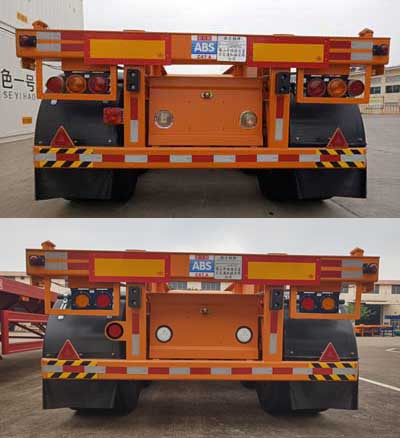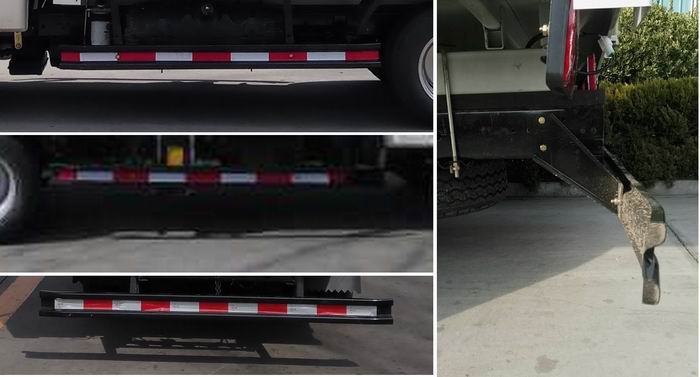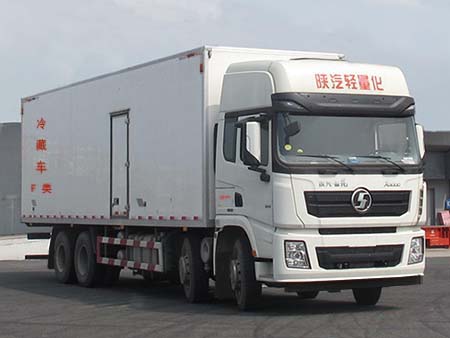价格符号怎么用英语表示
In written English, there are several ways to indicate the price of a product or service. The most common ways are to use the dollar sign ($), pound sign (£), euro sign (€), or yen sign (¥) followed by the numerical value.
For example, $10.99, £7.99, €4.99, or ¥100.
In some cases, the currency name may be spelled out instead of using the symbol. For instance, 'ten dollars' or 'seven pounds and ninety-nine pence.'
When writing about prices, it's important to be consistent with the currency symbol or name used throughout the text. Additionally, it's helpful to clarify whether the price includes tax or not, especially when dealing with international audiences.
When writing about prices in a list or table, it's common to use the currency symbol or name once at the top of the list or table to indicate the currency being used.
For example:
| Item | Price |
|------|-------|
| T-shirt | $19.99 |
| Hoodie | $39.99 |
| Backpack | $59.99 |
In informal contexts, it's also common to use abbreviations such as 'bucks' for dollars or 'quid' for pounds.
http://www.easiu.com/common/images/tbonor4stpp.jpg
Overall, using clear and consistent pricing symbols and conventions is essential for effective communication in written English.
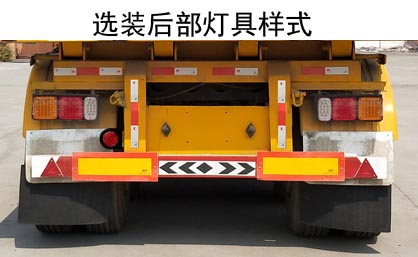
空调 加氟 测电流

康佳电视led42m3820af

香港万家乐电热水器维修
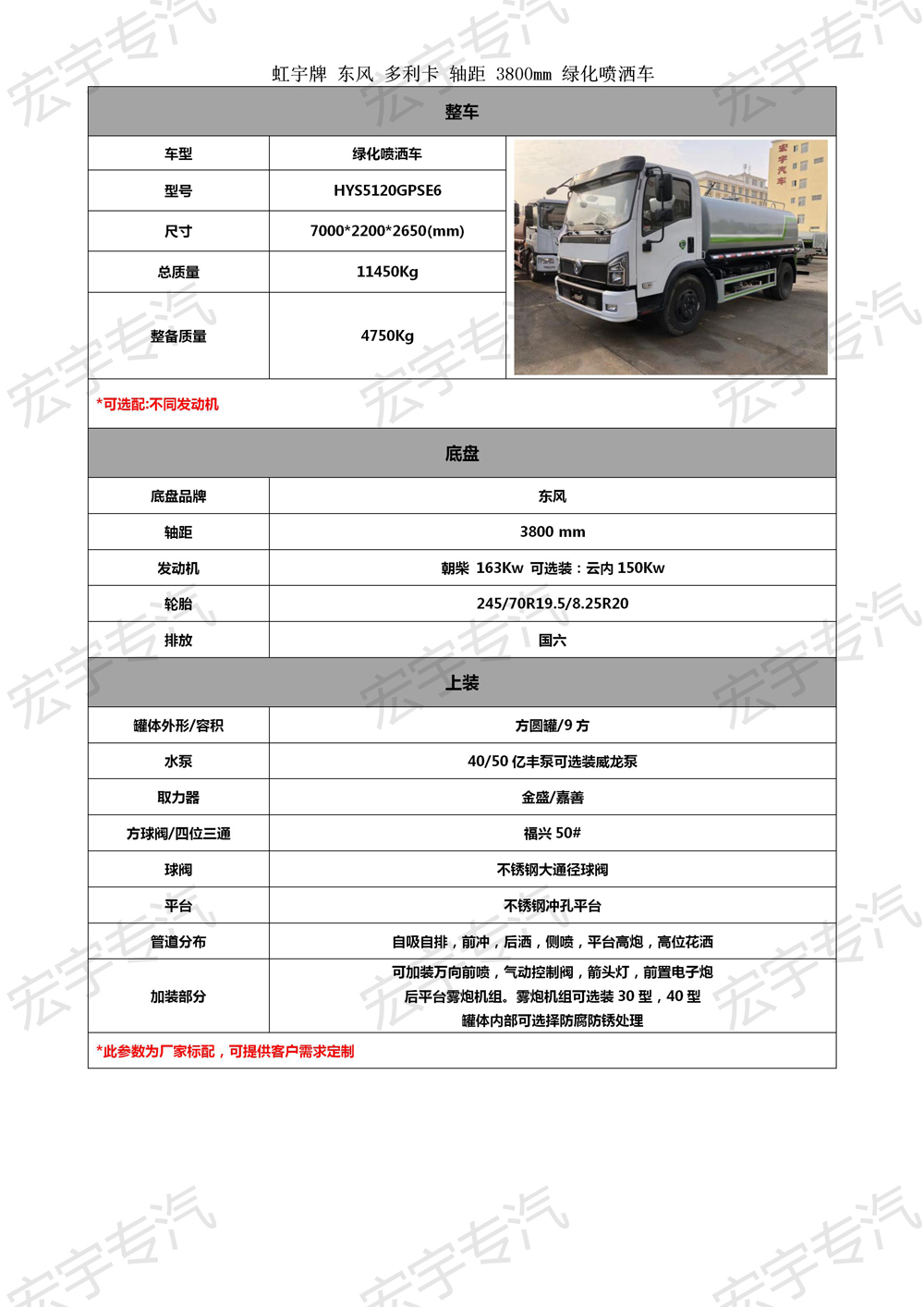
创维32l08hr刷程序

郑州三星手机售后服务网点查询

tcl电视无线网卡驱动

海尔冰箱会报警吗

燃气热水器通电启动
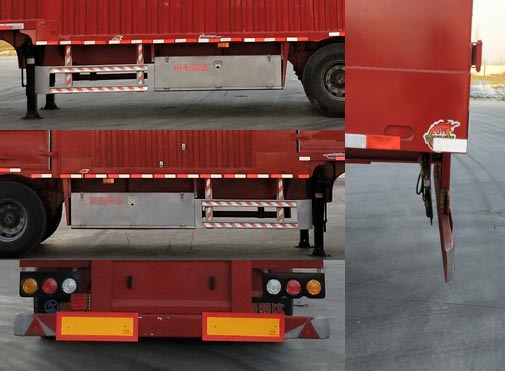
现代电压力锅维修店
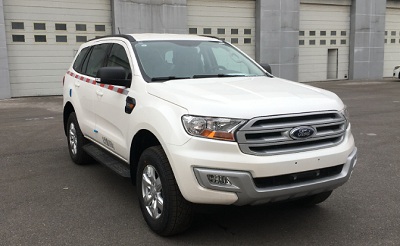
三菱电机空调 保修



